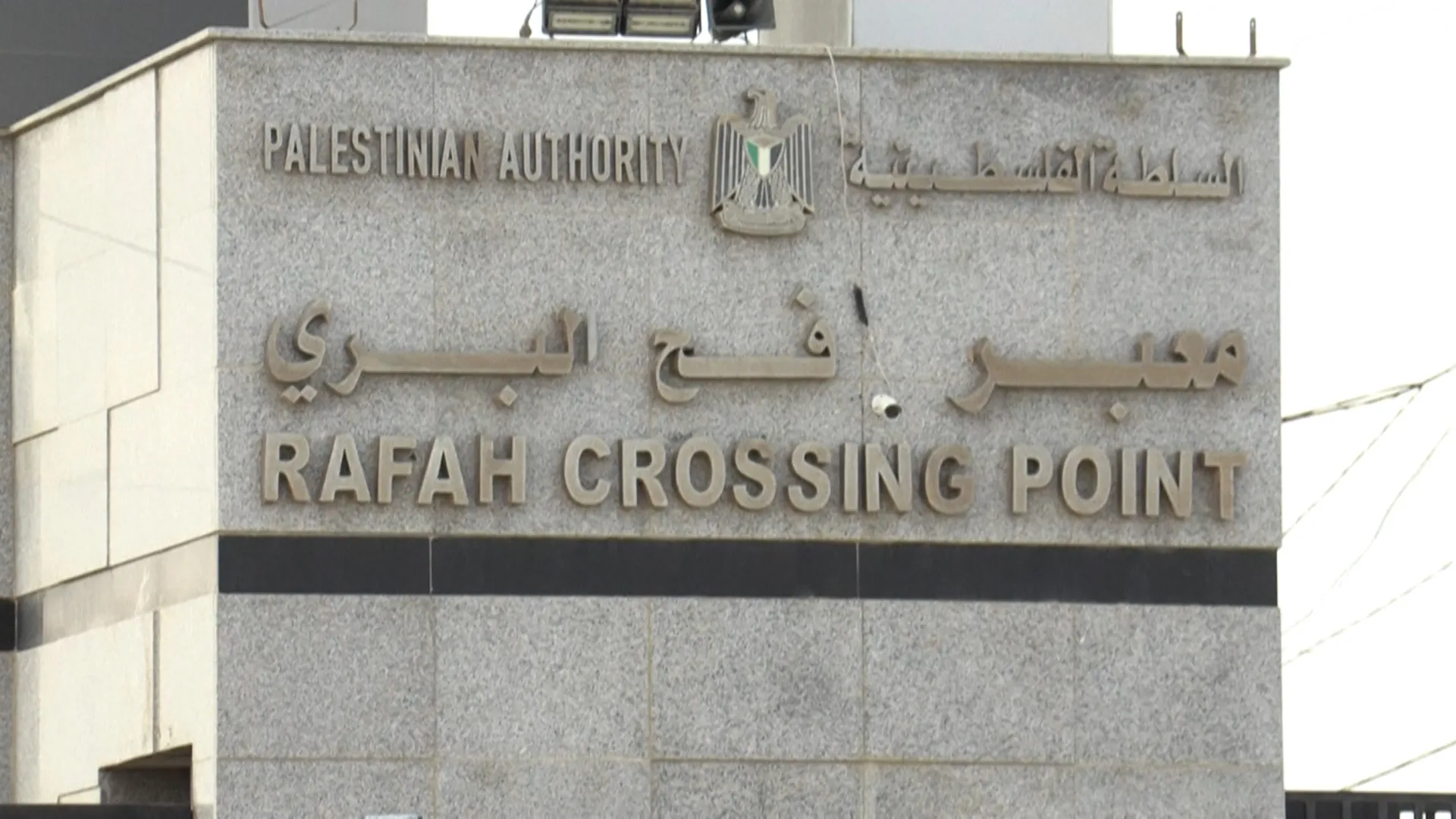Dispute over Israeli plan for one-way opening of Gaza’s Rafah Crossing | Genocide
Israel says the Rafah Crossing between Gaza and Egypt will open in the coming days, but only for Palestinians leaving Gaza. The UN is urging a full reopening of Rafah, and Egypt says it will only cooperate if movement is allowed both in and out.
Published On 4 Dec 2025
